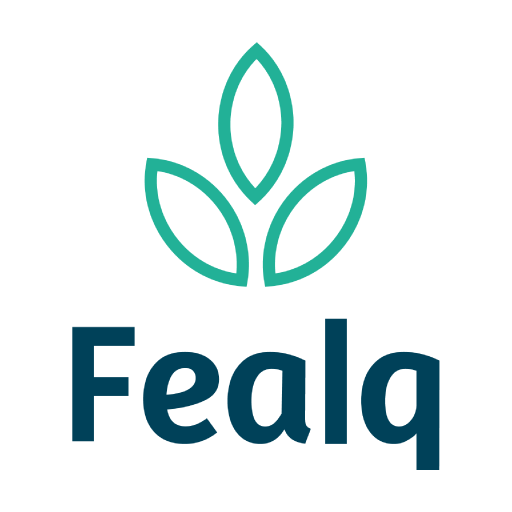Jorge Luiz Locatelli, Stephen Del Grosso, Rafael Silva Santos, Mu Hong, Ram Gurung, Catherine E. Stewart, Maurício Roberto Cherubin, Cimélio Bayer, Carlos Eduardo Pellegrino Cerri
Highlights
- Long-term soybean-cotton succession shows soil organic carbon (SOC) depletion.
- Complex crop rotation with cover crops showed the highest SOC sequestration rates.
- Including ruzigrass in succession systems can boost C stocks by 1.3 times by 2070.
- SOC stocks increased under climate change, regardless of the diversification system.
Abstract
In Brazil, land conversion and agricultural management have historically accounted for the largest share of the country’s greenhouse gas (GHG) emissions, with the Cerrado region being one of the most affected areas. Although cropping diversification has been proposed as a potential strategy to mitigate GHG emissions through soil organic carbon (SOC) sequestration, the long-term effects of these systems in the Cerrado are unknown. The DayCent model was used to simulate the impact of crop diversification and tillage on SOC dynamics until 2070 (∼50 years), including common crop succession systems and crop rotations associated with cover crops under climate change scenarios. First, we calibrated and evaluated the DayCent model using plant and soil observations from three sites in the region, where Pearson coefficients (r values) ranged from 0.50 to 0.94 (calibration sites) and 0.53–0.99 (validation site) for crop yields, SOC, and nitrogen. We then used the model to investigate how cropping systems and climate interact to control SOC levels. Results indicate that SOC stocks would decrease under the long-term (∼50 years) soybean-cotton succession, regardless of soil management (-0.04 to −0.17 Mg C ha−1 year−1). Crop diversification with crop rotation and cover crops (i.e., millet, ruzigrass, sunn hemp) had the highest SOC accrual potential (∼0.71 Mg C ha−1 year−1), resulting in SOC stocks of up to 130 Mg C ha−1 by 2070. Ruzigrass, either single or intercropped with maize on crop succession systems, showed substantial potential for SOC sequestration (∼0.55 Mg C ha−1 year−1) and could be a viable strategy if implementing more complex rotations is not feasible. The SSP2 – 4.5 and SSP5 – 8.5 climate change scenarios increased SOC stocks by 6.3 and 8.2 % in SOC across treatments by 2070, respectively. Results suggest that diversified cropping systems are a promising strategy for increasing SOC sequestration, and they offer valuable guidance for enhancing current management practices in the region.






